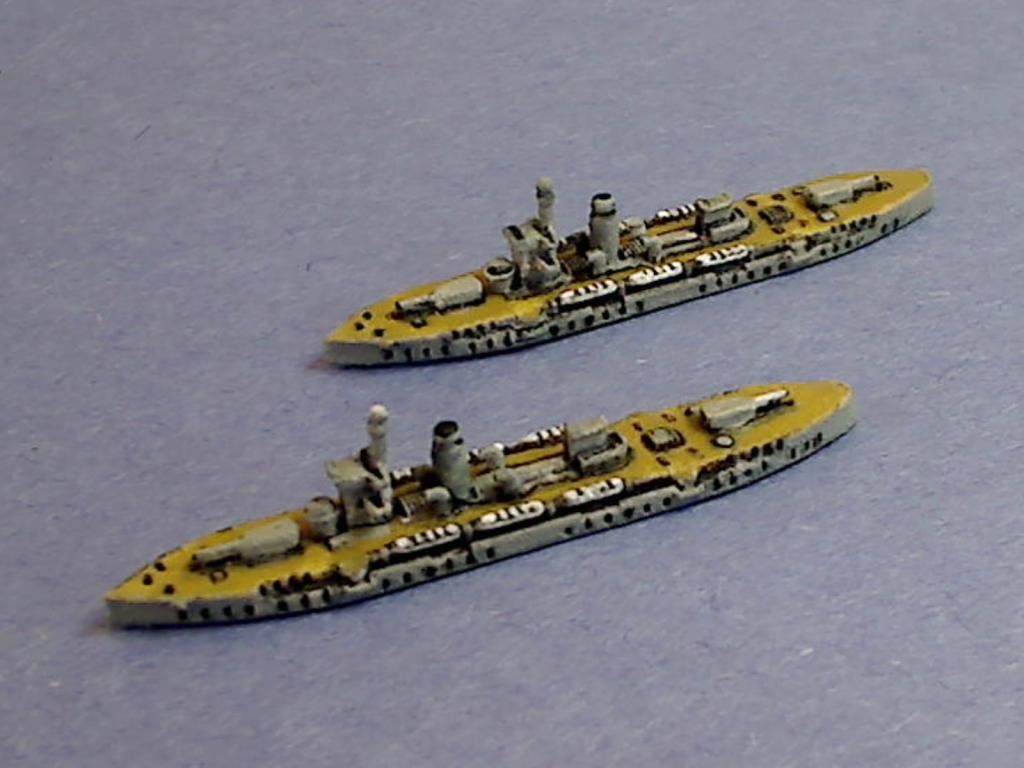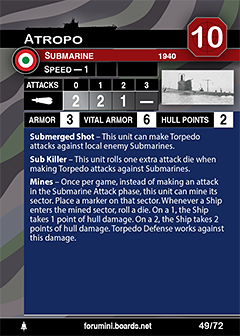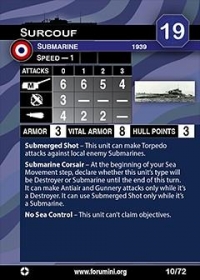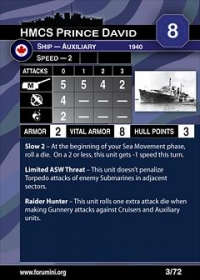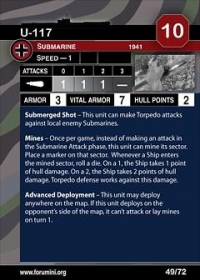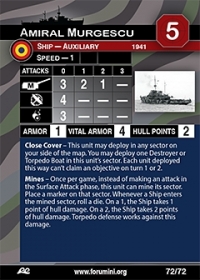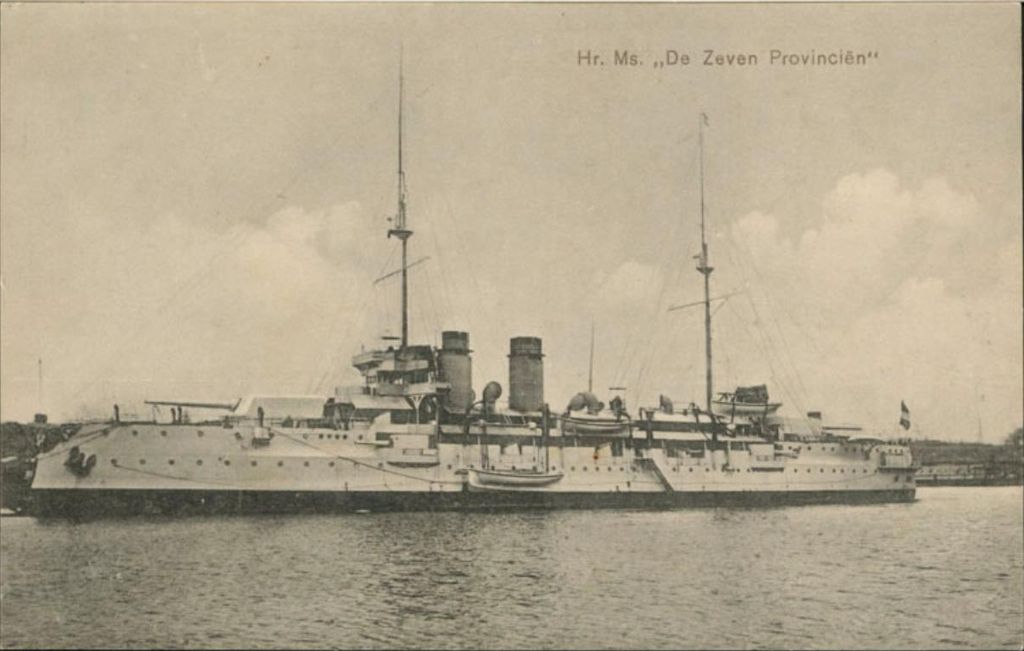Class History: HNLMS De Zeven Provinciën (Dutch: Hr. Ms. De Zeven Provinciën, was an armoured warship (pantserschip) of the Royal Netherlands Navy from 1910 to 1942. De Zeven Provinciën was a pantserschip (or "coastal defence ship"), a warship built for the purpose of defending the seas close to land, defined as "a small cruiser-sized warship which sacrificed speed and range for armour and armament". To the chagrin of the Dutch, the construction of such ships was ascribed by bigger naval powers to "nations which could not afford battleships or which needed specially-suited shallow-draught vessels small enough to operate close to their coasts".
She was armed with two 283 mm (11.1 inch), four 150 mm (6 in), ten 75 mm (3 in) and four 37 mm (1.5 in) guns. Additionally she also had a 75 mm mortar. She was 101.5 m long, had a beam of 17.1 m, a draft of 6.15 m and displaced 6,530 t. She had a crew of 448 and was able to reach 16 knots.
She served part of her career in the Dutch East Indies, from 1911–1918 and from 1921 onwards. During the 1920s, her crew included the future Rear Admiral Karel Doorman. She suffered a high profile mutiny on 5 February 1933, which had far-reaching implications for politics in the Netherlands. She was renamed Soerabaja in 1936.
On 18 February 1942, Soerabaja was sunk by Japanese bombers. The Japanese raised her and used her as a battery ship until she was sunk again by Allied aircraft in 1943.
She was armed with two 283 mm (11.1 inch), four 150 mm (6 in), ten 75 mm (3 in) and four 37 mm (1.5 in) guns. Additionally she also had a 75 mm mortar. She was 101.5 m long, had a beam of 17.1 m, a draft of 6.15 m and displaced 6,530 t. She had a crew of 448 and was able to reach 16 knots.
She served part of her career in the Dutch East Indies, from 1911–1918 and from 1921 onwards. During the 1920s, her crew included the future Rear Admiral Karel Doorman. She suffered a high profile mutiny on 5 February 1933, which had far-reaching implications for politics in the Netherlands. She was renamed Soerabaja in 1936.
On 18 February 1942, Soerabaja was sunk by Japanese bombers. The Japanese raised her and used her as a battery ship until she was sunk again by Allied aircraft in 1943.
Item created by: Lethe on 2015-05-31 17:46:30. Last edited by gdm on 2019-11-20 19:16:25
If you see errors or missing data in this entry, please feel free to log in and edit it. Anyone with a Gmail account can log in instantly.
If you see errors or missing data in this entry, please feel free to log in and edit it. Anyone with a Gmail account can log in instantly.



